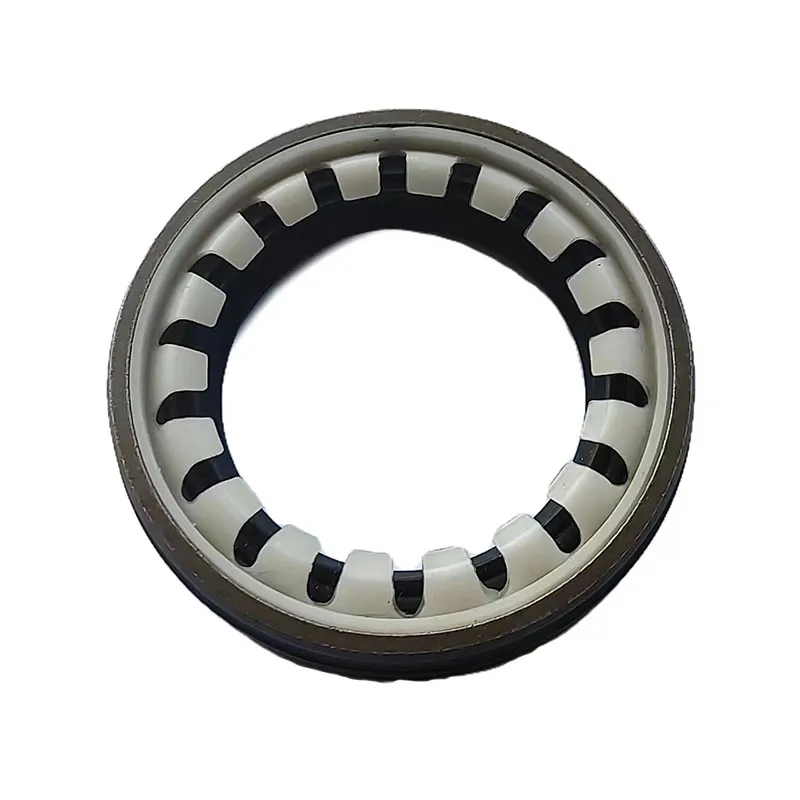Choosing the Right Grease Seals for Trailer Axles to Ensure Optimal Performance
Understanding Trailer Axle Grease Seals Importance and Maintenance
Trailer axle grease seals are crucial components that play a significant role in the overall functioning of a trailer's axle assembly. These seals are designed to keep the lubricant within the axle housing while preventing contaminants such as dirt, water, and debris from entering. Though they might seem small and unassuming, their proper functioning is essential for the longevity and reliability of your trailer.
The Function of Grease Seals
Grease seals are typically made from durable materials such as rubber or composite that can withstand harsh environmental conditions. They serve a dual purpose retaining grease within the axle and keeping harmful materials out. Axle grease lubricates the bearings, allowing for smoother operation and reducing friction. Without sufficient lubrication, the bearings can wear more quickly, leading to costly repairs and potentially unsafe driving conditions.
Moreover, if contaminants penetrate the axle housing, they can lead to corrosion and damage to internal components, significantly shortening the lifespan of the axle assembly. Therefore, regular inspection and maintenance of grease seals are vital to ensure that they are functioning correctly.
Common Types of Grease Seals
There are various types of grease seals designed for different axle configurations and applications. The most common types include
1. Single Lip Seals These seals have a single sealing lip that presses against a shaft to prevent grease from leaking out. They are often used in applications where moderate sealing capabilities are necessary.
2. Double Lip Seals These seals feature two lips—one for keeping lubricant in and another for blocking contaminants. They provide a higher degree of protection, making them suitable for more demanding environments.
3. Oil Seals While grease seals are used primarily in areas containing grease, oil seals are designed for applications using oil. It's essential to choose the correct type based on the lubricant used in the axle.
Signs of Worn or Damaged Grease Seals
Being aware of the signs of failing grease seals is crucial for timely maintenance. Some common indicators of wear or damage include
trailer axle grease seals

- Grease Leakage If you notice grease leaking from the axle area, it suggests that the seal has failed and needs replacing
.- Noise from the Axles Unusual sounds, such as grinding or whining, may indicate that the bearings are not adequately lubricated due to a failed seal.
- Rust or Corrosion If you find rust on the axle components, it often signals that moisture has infiltrated the housing, pointing to a compromised seal.
- Excess Bearing Play If you can wiggle the axle or bearings, it might mean that the seals are worn out and not maintaining proper tension.
Maintenance Tips
To ensure the longevity of your trailer's axle grease seals, consider the following maintenance tips
1. Regular Inspections Periodically check the grease seals for any signs of wear, damage, or leakage. Look for any excessive grime or debris accumulation, which can indicate a potential problem.
2. Replace Damaged Seals Promptly If you notice any signs of wear or leakage, replace the seals immediately to avoid further damage to the axle and bearings.
3. Use Quality Lubricants Always use high-quality axle grease that is compatible with your trailer’s specifications. The right lubricant not only protects the bearings but also helps prolong the life of the seals.
4. Sufficient Greasing Ensure that the axle is adequately greased according to the manufacturer's recommendations, maintaining the proper levels to keep the seals functional.
Conclusion
In conclusion, trailer axle grease seals are essential for protecting critical components from contamination and maintaining smooth operation. Regular inspection and maintenance can prevent costly repairs and ensure the safety and reliability of your trailer. By staying vigilant and proactive, trailer owners can significantly enhance the lifespan of their axle assemblies and enjoy worry-free travel.
-
Understanding the Front Main Engine Seal: Purpose, Maintenance, and Installation
News Jul.29,2025
-
Understanding O-Rings and Seal Rings: Types, Applications, and Custom Solutions
News Jul.29,2025
-
Understanding Crankshaft Oil Seals: Rear Seals, Pulley Seals, and Their Role in Engine Integrity
News Jul.29,2025
-
The Importance of Front and Rear Crankshaft Seals in Engine Performance and Oil Management
News Jul.29,2025
-
Crank Oil Seals: Functions, Types, and Cost Considerations in Engine Maintenance
News Jul.29,2025
-
A Comprehensive Guide to O-Rings and Seals: Types, Materials, and Global Applications
News Jul.29,2025
-
Mastering Diesel and Performance Engine Maintenance: A Guide to Critical Oil Gaskets
News Jul.28,2025
Products categories















